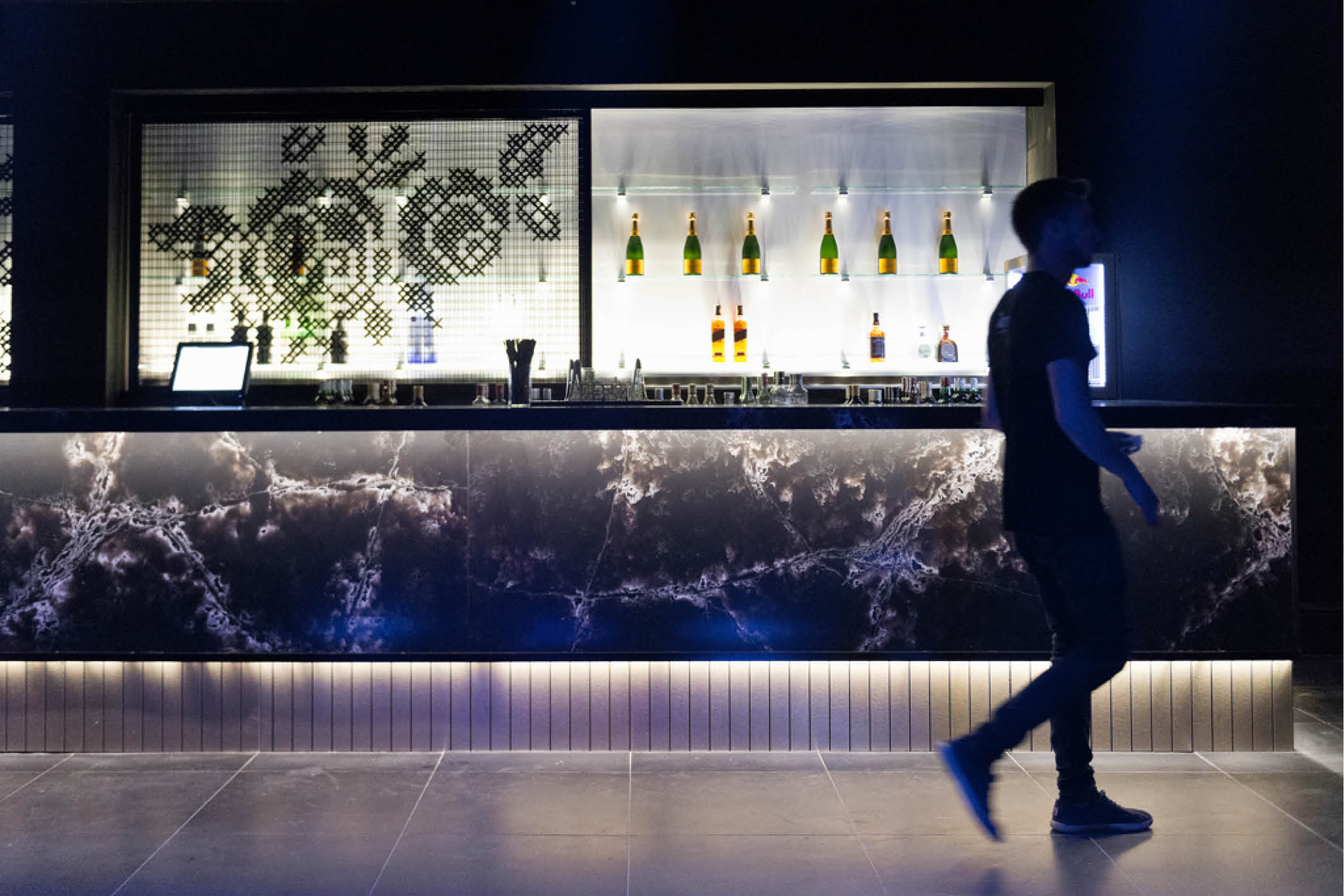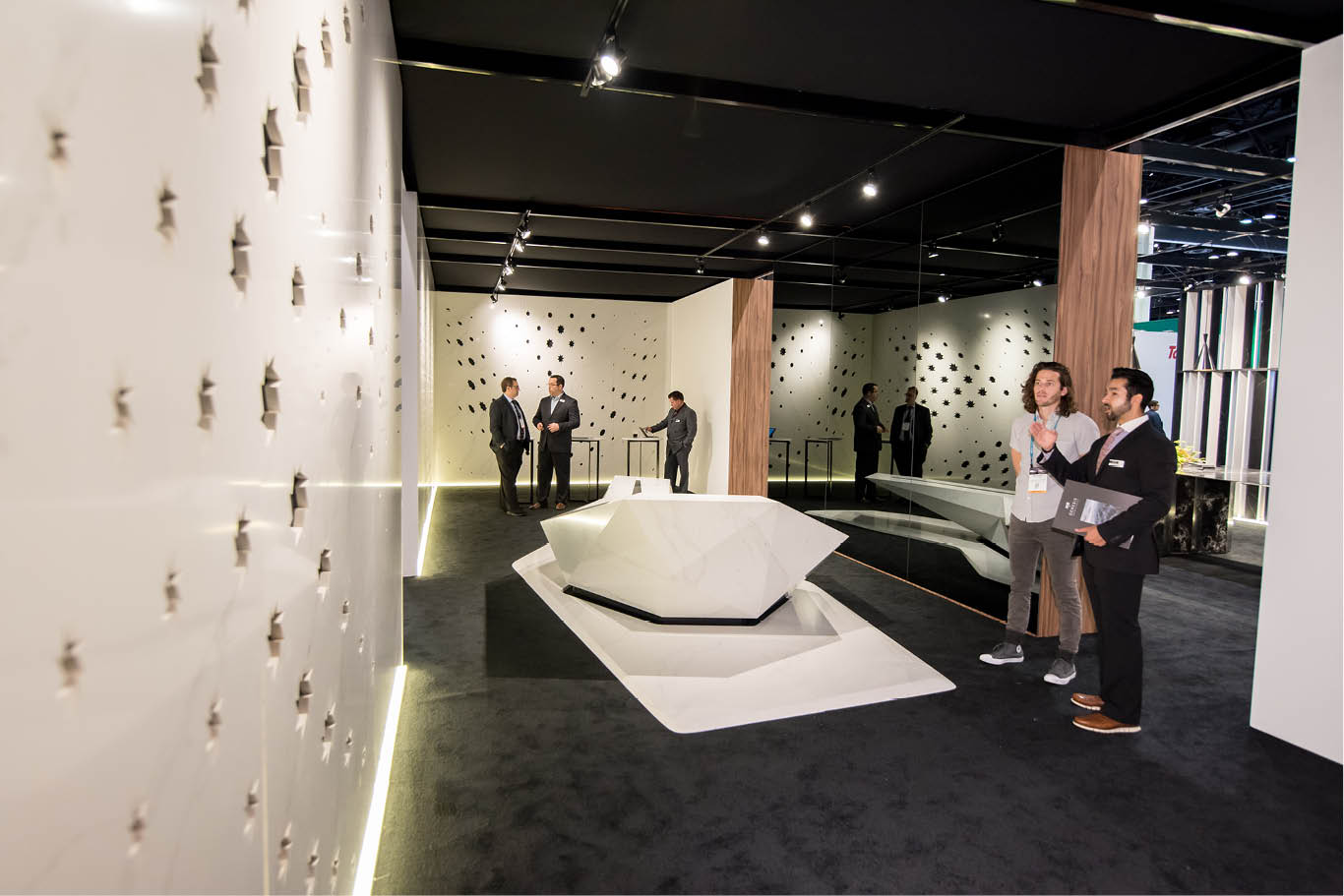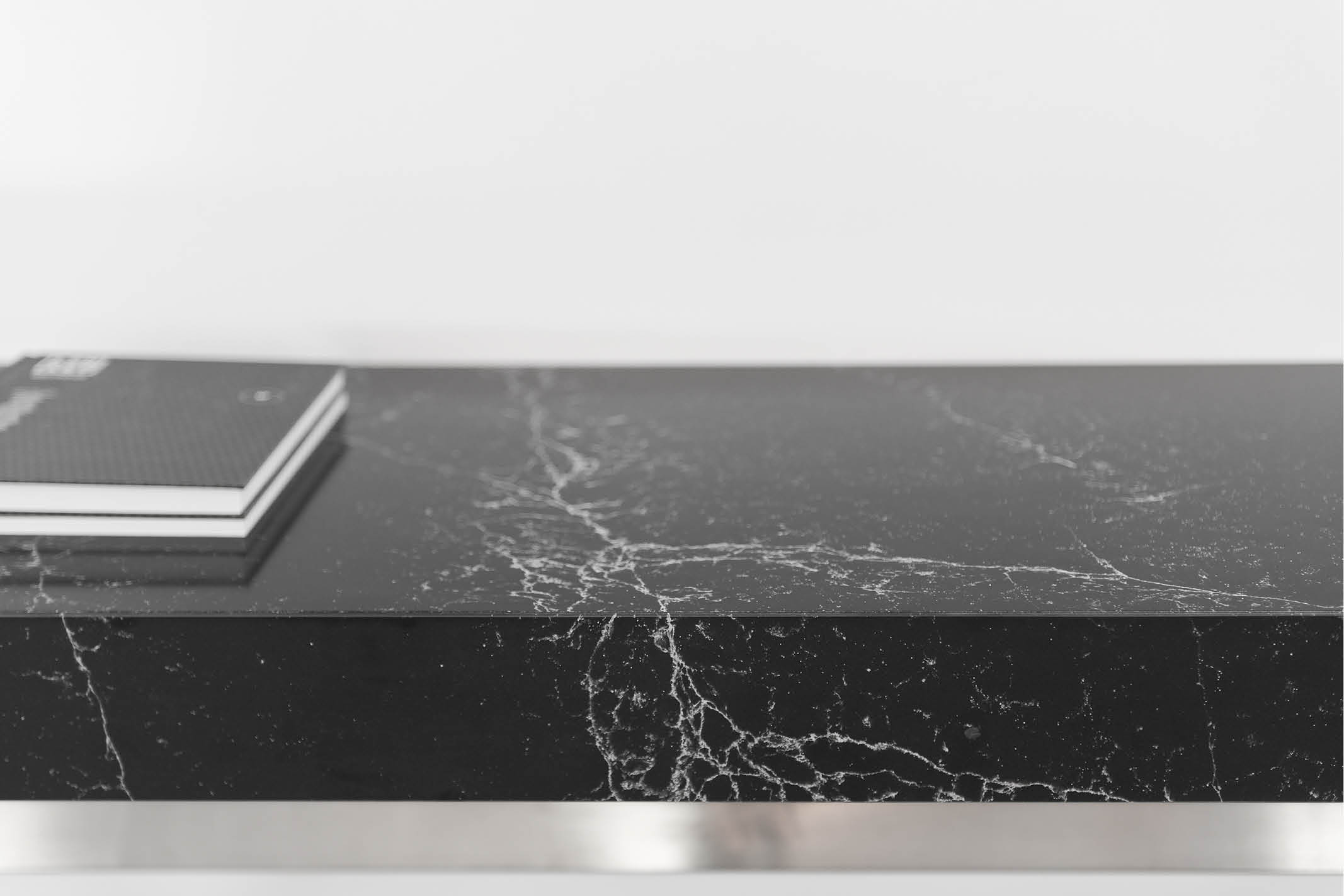 There is usually a set of complex pathways at Compac running from a designer’s mind to end customers. Although not always not straightforward, these pathways are always exciting. Where do the disruptive ideas that reach COMPAC’s clients come from? How are they brought to life? In order to discover the creative map at the quartz and marble surface design and manufacturing firm, we talked to Miguel Valls, a product team member at COMPAC The Surfaces Company.
There is usually a set of complex pathways at Compac running from a designer’s mind to end customers. Although not always not straightforward, these pathways are always exciting. Where do the disruptive ideas that reach COMPAC’s clients come from? How are they brought to life? In order to discover the creative map at the quartz and marble surface design and manufacturing firm, we talked to Miguel Valls, a product team member at COMPAC The Surfaces Company.
What is the production process of a Compac design like?
The steps are as follows: first, we do a market study and trend analysis; after this, we test prototypes; then, when the prototype is approved, we carry out pilot tests and, finally, when we have the definitive design, we launch it to market.
Where do you seek out your inspiration for designs?
There are many different ways of finding inspiration. There are trend, furniture and design fairs, as well as other interesting sources such as specialist magazines that look at tendencies or companies working in the world of interior design. Our clients can also provide us with inspiration: when we start to see common themes, we sketch an idea of a new market trend.
You can also find inspiration in natural elements, right?
Completely. If we see an interior design trend moving towards stone and natural products, we follow it and recreate products in that material.
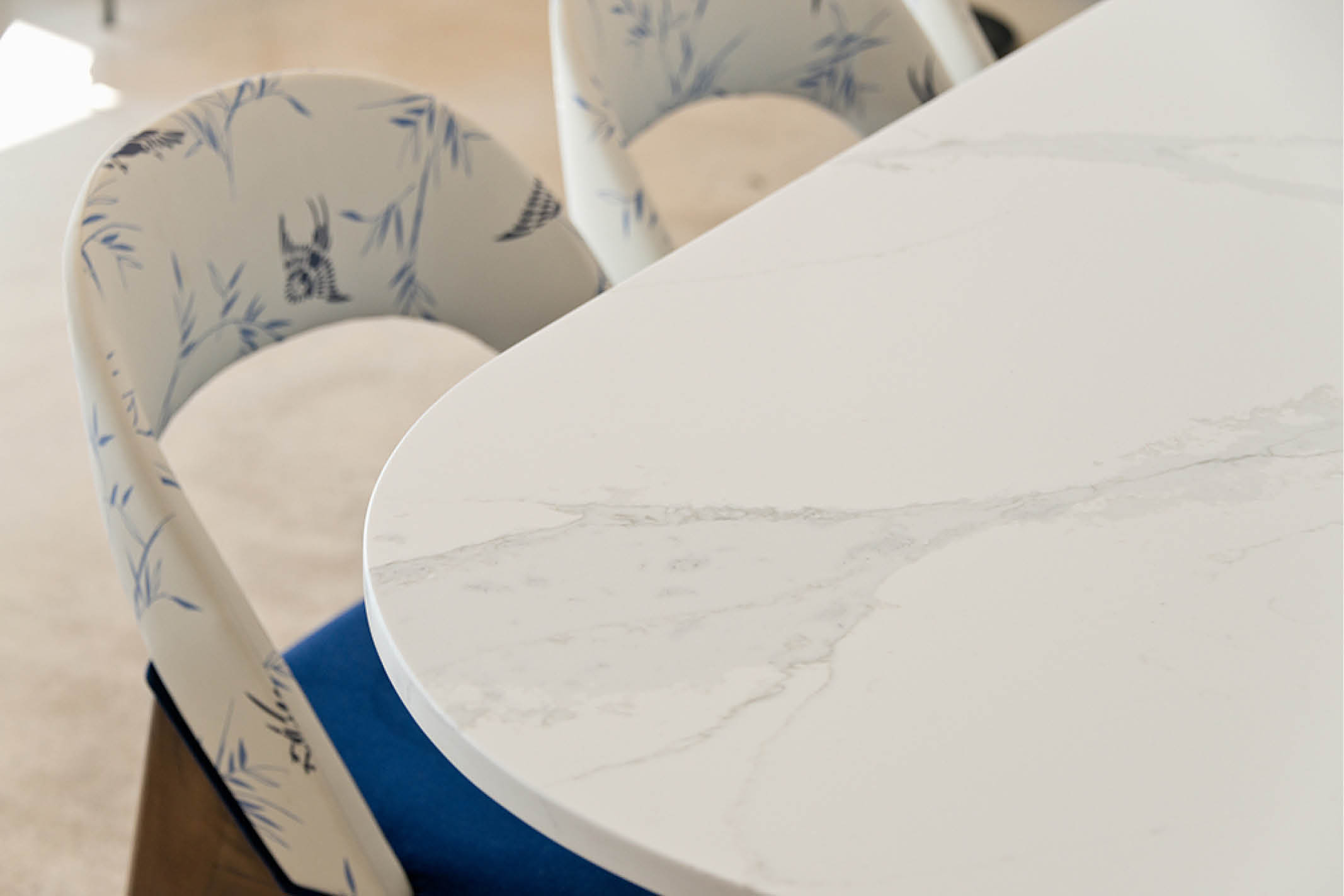 When you are designing, do you think more about the architect or the end customer?
When you are designing, do you think more about the architect or the end customer?
We think about everyone a little. In the end, we know that if you are thinking about the end customer, you’re also thinking about the architect, and vice versa. You need to be aware that customers go with predefined designs in their mind, and that these come from what they have seen in interior design magazines, which in turn pick up on everything we are talking about.
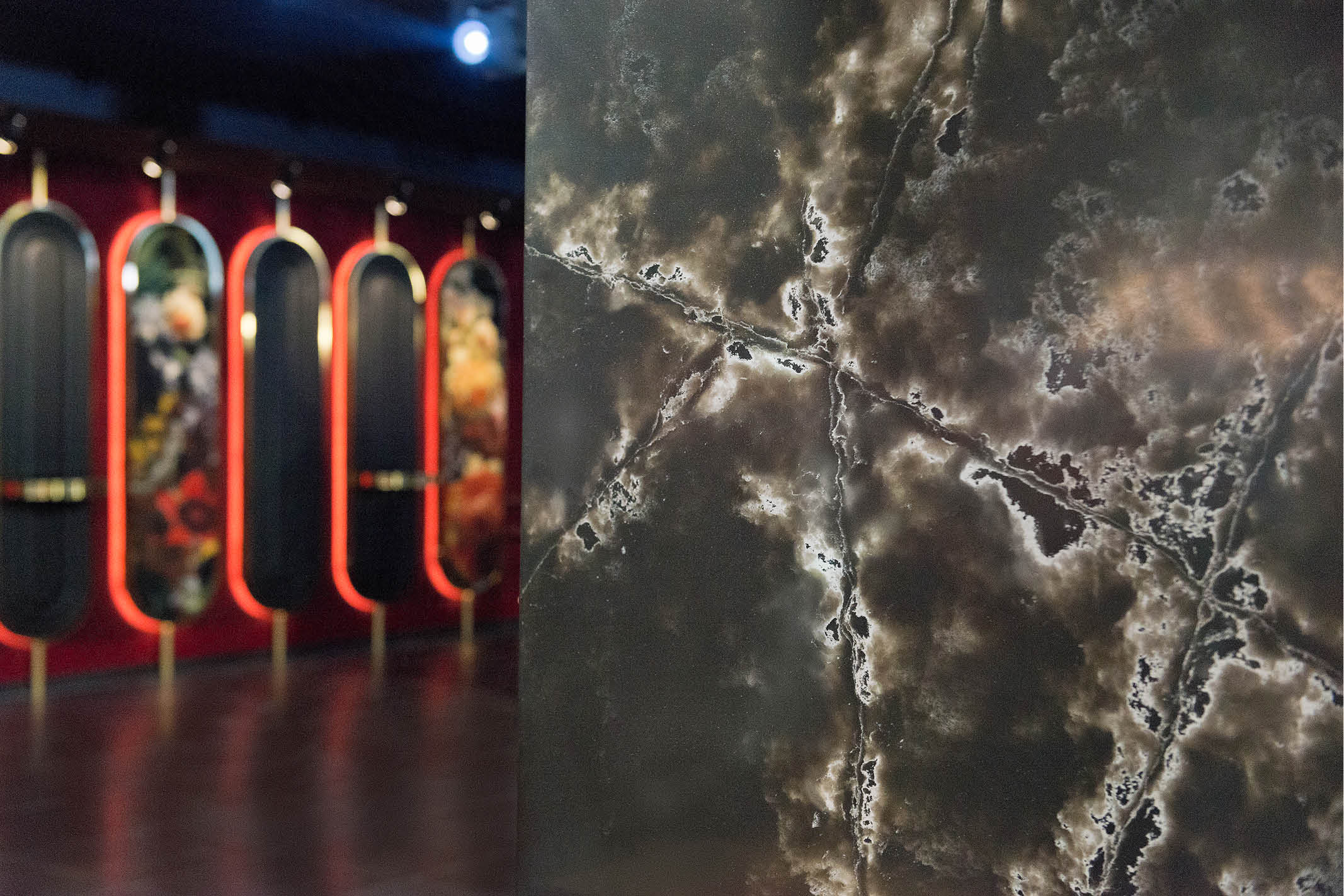 What problems tend to occur in design production?
What problems tend to occur in design production?
Complications arise that are linked to making a design into a reality. When coming up with a design, you might well have something really clear in your mind, but the concept is often technically intricate. This is the most complicated aspect, especially when you are as disruptive a company as COMPAC, which seeks out unique solutions. Making those solutions a reality with traditional methods is often complex.
Is your job completely creative or is there a more mechanical aspect to it?
100% creative. Whether it be materialising designs in the workshop, devising ideas or figuring out the technique to make them a reality: both design and technique are based on creative work.
